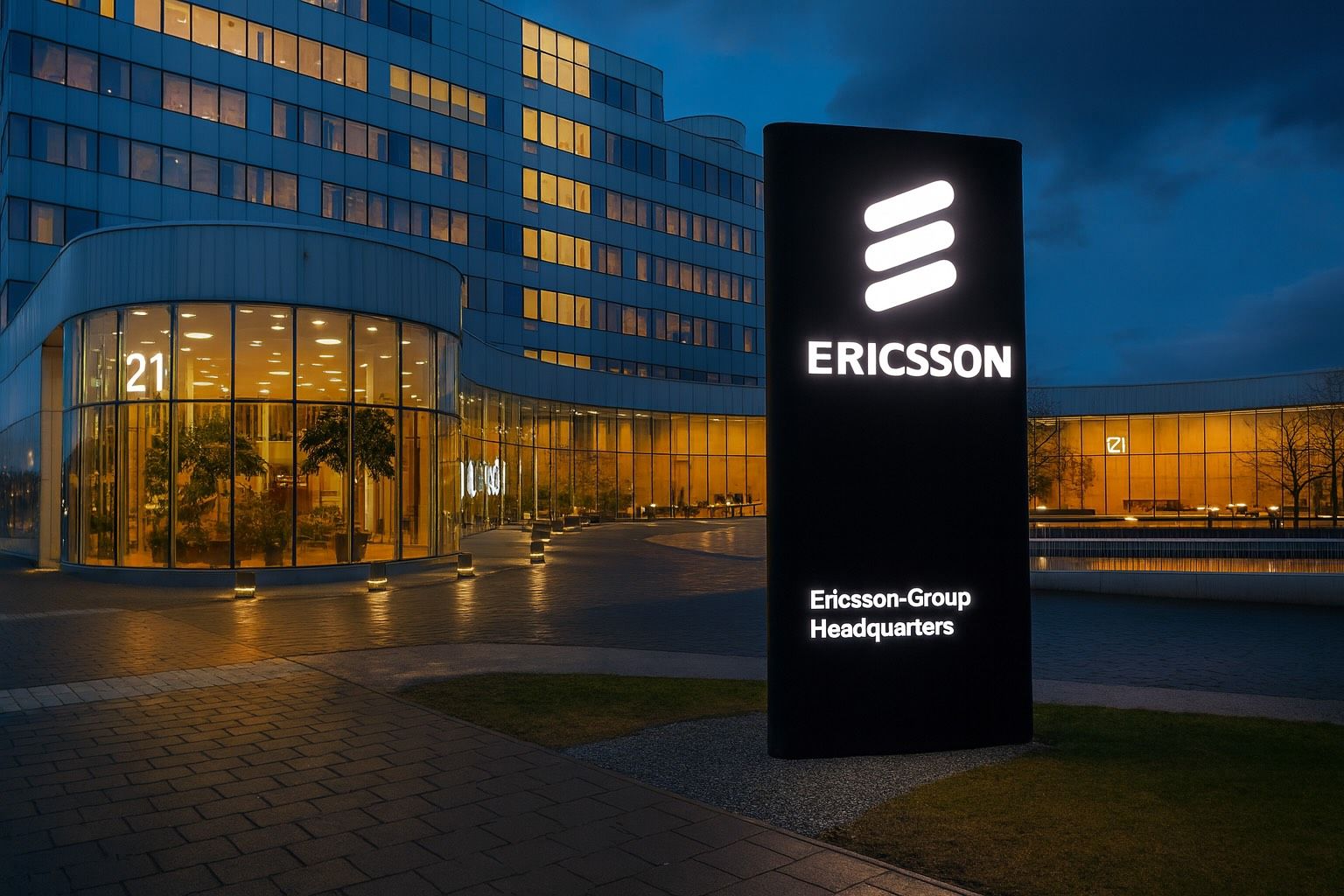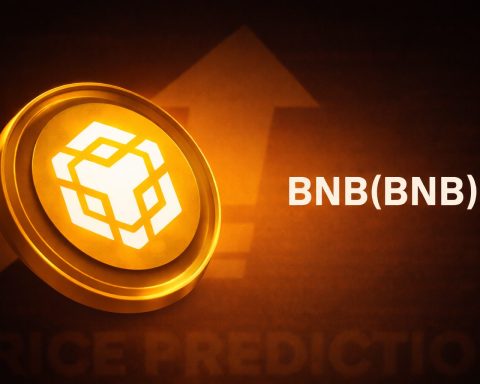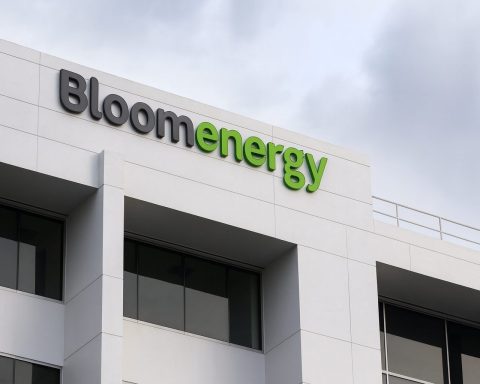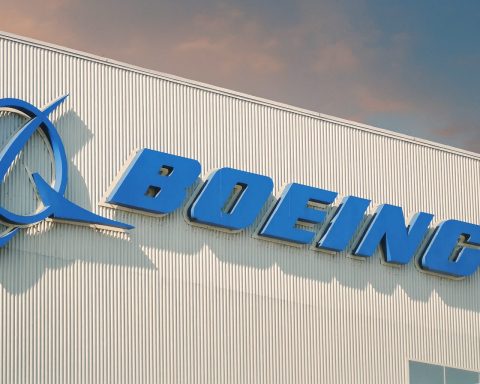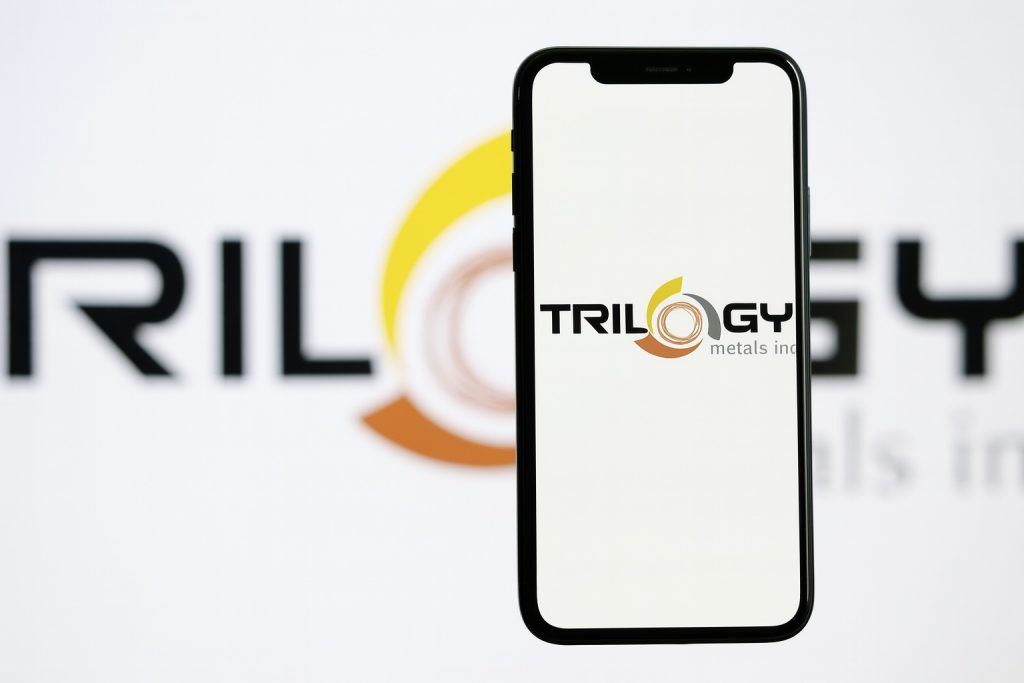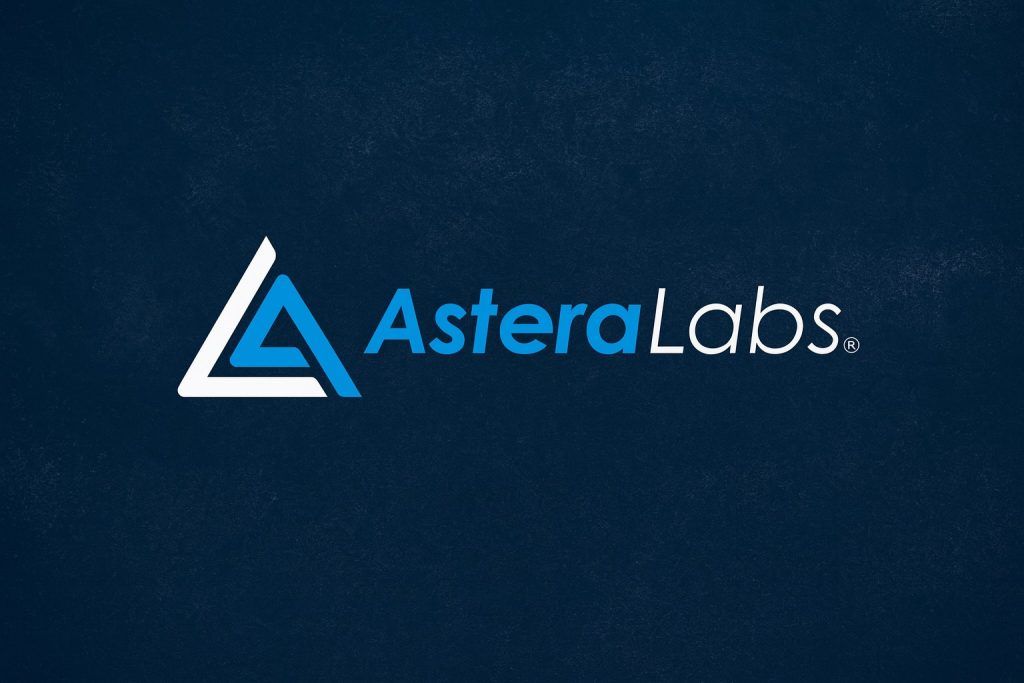- Q3 Blowout: Ericsson reported Q3 (Sep) adjusted EBITA of SEK 15.5 billion (27.6% margin), more than doubling year-on-year thanks to cost cuts and a SEK 7.6 billion gain from the divestment of iconectiv [1]. Net income jumped to SEK 11.3 billion [2].
- Shares Rally: The Nasdaq-traded ADR (ERIC) jumped roughly 14–16% on Oct. 14, 2025 – its best day since 2018 [3] [4] – after results beat forecasts and executives downplayed tariff headwinds.
- Vodafone Partnership: Ericsson and Vodafone unveiled a five-year “programmable networks” alliance on Oct. 14, making Ericsson the sole radio-access vendor for Vodafone in Ireland, the Netherlands, and Portugal (and a major vendor in Germany, Romania, Egypt) [5]. The deal will roll out Ericsson’s advanced 5G hardware, AI-powered RAN automation (SMO/rApps) and support stand-alone 5G across these markets.
- Other Major Deals: UAE operator e& (formerly Etisalat) is upgrading its 5G core with Ericsson’s latest cloud-native platform [6], while Latvia’s LMT moved its core and subscriber management onto Ericsson’s NFV-based cloud infrastructure [7]. (Ericsson noted the LMT contract on July 2, 2025.) In September, Ericsson also won a SEK 12.5 billion, 8-year UK contract to build VodafoneThree’s next-gen network (securing sole core vendor status and ~99.95% 5G coverage target by 2034) [8].
- Cloud Core & AI Innovation: In June 2025 Ericsson launched “Ericsson On-Demand,” a fully managed 5G Core-as-a-Service in partnership with Google Cloud [9]. This cloud-native core uses Google Kubernetes Engine (GKE) and AI for elastic, pay-as-you-go deployment. Industry observers say it may be “the most genuinely public cloud” 5G core to date [10], highlighting Ericsson’s first major foray onto hyperscale cloud infrastructure. The company also reiterated its broad Open RAN–ready 5G portfolio with AI-native architecture [11], earning Gartner and Omdia praise as “industry leading” 5G solutions.
- “Made-in-India” & Social Innovation: At India Mobile Congress 2025, Ericsson reaffirmed that all its gear sold in India – including future 6G equipment – will be manufactured locally [12]. Head of Ericsson India Andres Vicente said 6G trials are planned by 2028 under this push. Ericsson is expanding local R&D (ASIC chips in Bengaluru) and recently partnered to produce 5G antennas in India. The company is also deploying 5G-enabled Grain ATM “Annapurti” kiosks (with UN’s World Food Programme) in Indian cities to provide round-the-clock access to rationed food. Next year, 23 new automated Annapurti units will be rolled out nationwide [13], exemplifying Ericsson’s role in digital inclusion initiatives.
- Tariffs & Cash Return: Ericsson’s CFO Lars Sandström told Reuters that U.S./EU tariffs will have “no more impact going forward” [14]. The iconectiv sale boosted free cash flow, and Sandström confirmed the windfall “offers scope for higher dividends and/or a share buyback program” [15]. The board is now considering increased shareholder returns in the Q4 report.
Solid Q3 Results and Margin Expansion
Ericsson’s third-quarter report (Oct. 14) painted a picture of profitable execution despite a modest sales decline. Net sales eased 9% year-on-year to SEK 56.2 billion (–1% organic), but gross margins surged to ~48% (adjusted) thanks to efficiency gains [16]. Management cited “operational excellence” and cost cuts for this improvement. Importantly, adjusted EBITA leapt to SEK 15.5 billion, nearly 150% above last year, yielding a 28.1% EBITA margin [17]. This was bolstered by the August divestiture of iconectiv (a numbering-plan subsidiary), which generated a one-time capital gain of SEK 7.6 billion [18]. Including that gain, reported net income was SEK 11.3 billion (SEK 3.33 per share) [19].
CEO Börje Ekholm lauded the achievement: “In Q3, we established margins at a new long-term level following strong operational execution… Cloud Software and Services sales grew 9%, driven by strong growth in core networks”* [20]. He highlighted that leading analysts (Gartner, Omdia) have “reconfirmed our 5G solutions are industry leading,” and reiterated Ericsson’s AI-native, hardware-agnostic Open RAN strategy [21].
The market rewarded the beat. U.S.-listed ADRs (ERIC) jumped over 13% intra-day on Oct. 14 [22]. Nordic-traded shares also hit multi-year highs. A Thomson Reuters note observed Ericsson’s outperformance of rival Nokia is driven in part by its success in the U.S. (notably the $14 billion AT&T 5G deal), making Ericsson “the world’s second-biggest” RAN vendor behind Huawei [23]. Analyst consensus had expected SEK 55.7 billion in Q3 revenue; Ericsson exceeded that. The stock’s surge reflected confidence that Ericsson’s financial and operational turnaround is durable. As the Reuters report put it, “Cost savings and a dominant position in North America have helped Ericsson stay ahead of Nokia in the 5G race” [24].
High-Profile Partnerships Accelerate Growth
During the past week Ericsson closed several major customer deals. The headline was Vodafone’s five-year European network partnership, announced Oct. 14 [25]. Under this deal, Vodafone will use Ericsson’s Massive MIMO radios, RAN Compute hardware, and its AI-driven network automation platform to overhaul RAN infrastructure. Alberto Ripepi (Vodafone’s Chief Network Officer) said the pact “marks a significant step in our network evolution journey”, enabling transformation to the latest 5G Advanced gear, automation and AI agents for high efficiency, and laying groundwork to expose network capabilities to developers [26]. Ericsson’s Patrick Johansson added that the agreement “aligns with our vision for high-performing programmable networks” and opens new monetization and innovation opportunities [27].
Elsewhere, UAE operator e& (Emirates) struck a 5G core upgrade deal (announced Oct. 13) to deploy Ericsson’s latest cloud-native core (UDM, IMS, etc.) on a hybrid Ericsson/e& cloud [28]. e&’s SVP Khaled Al Suwaidi said the upgrade is about making connectivity “simpler, faster and more dependable for everyone in the UAE” and enabling new services (gaming, mission-critical IoT) [29]. Petra Schirren, head of Ericsson Gulf, said the project will power industry innovation with “secure, high-performance connectivity” [30]. Notably, the deal builds on a previous agreement from 2020 (a unified data management contract) [31], underlining the pair’s long-term partnership.
In July, Ericsson also won a cloud-core modernization project with Latvia’s LMT. Local press (cited by industry reports) said LMT chose Ericsson’s cloud-native NFV solutions for its core network and subscriber management [32]. This move is expected to bolster LMT’s 5G performance and automate services via Ericsson’s platform.
These new contracts complement recent wins in India (large 5G rollouts with Bharti Airtel/Vodafone Idea) and the UK (VodafoneThree). In fact, notes in the Vodafone PR release remind that VodafoneThree (UK) agreed in September on an SEK 12.5 billion, 8-year deal with Ericsson to be its sole core vendor and power most of its radio network [33]. Altogether, these partnerships span Europe, Middle East and Asia, reinforcing Ericsson’s global footprint in the 5G era.
Cloud-Native Core, Open RAN and 6G: Tech Innovations
Ericsson’s recent technology announcements underscore its leadership in next-gen networks. On June 12, 2025, the company launched Ericsson On-Demand, a fully managed 5G Core delivered “as a service” on Google Cloud [34]. This offering leverages Google’s Kubernetes Engine and AI infrastructure for instant, elastic deployment. It promises “telecom-grade reliability” with public-cloud flexibility [35]. Observers note it may be “the most genuinely public cloud” 5G core implementation to date [36] – a significant milestone since competitors have largely stayed with hybrid models.
On the radio side, Ericsson continues to expand its 5G Advanced portfolio (higher spectrum, Massive MIMO, AI RAN). Its gear is already “Open RAN–ready,” meaning it supports multivendor radios and AI-native architectures [37]. Analysts praise this versatility. For example, Gartner and Omdia have reaffirmed that Ericsson’s 5G solutions lead the industry [38]. The Vodafone deal will deploy Ericsson’s Massive MIMO radios and introduce Ericsson’s Intelligent Automation Platform with AI-powered RAN apps (rApps) to multi-vendor networks [39], highlighting Ericsson’s push toward autonomous, self-optimizing networks.
On the horizon, Ericsson is deeply involved in 6G R&D. At IMC 2025, Ericsson executives said India is part of their 6G development roadmap, with local trials on the horizon. (The Economic Times quotes CEO Vicente: trials by 2028 [40].) Meanwhile, Ericsson’s global “Vision 2030” initiatives stress AI-native architectures and high-frequency research. While no commercial 6G standards yet exist, Ericsson collaborates on EU-led projects (Hexa-X) and has showcased experimental THz systems. The company notes that its 5G networks already serve 360+ million Indians (80% population coverage), and sees 6G as a “made-in-India” opportunity as it did with 5G [41] [42]. Overall, the tech roadmap – from 5G standalone deployments to early 6G trials – remains a central narrative in Ericsson’s strategy.
Expert Commentary and Market Context
Analysts and commentators are bullish about Ericsson’s momentum. Many attribute the margin rebound to rigorous efficiency drives. Reuters quotes an analyst on North America: “Net sales declined ‘only’ 1% YoY… a marked improvement compared to the 7% decline in Q2,” noting the region’s rapid bounce-back [43]. Dell’Oro data confirm Ericsson’s strong U.S. position, making it the second-largest 5G vendor globally (behind Huawei) [44]. On Wall Street, one brokerage noted the Q3 earnings “smash” consensus and signal that Ericsson’s cost controls are paying off.
Tariffs and geopolitics remain a focus. CFO Sandström insisted that, after absorbing past duty hits, “we see so far no more impact going forward” from U.S./EU import levies [45]. This allays fears that ongoing trade frictions could damage margins further. Meanwhile, Ericsson is also grappling with geo-political challenges: a Financial Times report (cited by media) says China’s Cyberspace Administration is subjecting Ericsson kit to lengthy “black box” security audits [46], part of Beijing’s push for tech self-reliance. Commentators pointed out this comes even as European regulators have yet to fully ban Chinese vendors (Huawei/ZTE), creating a reciprocal imbalance [47]. Such issues underscore the complex landscape telecom vendors face: vendor-neutrality debates in the West, and retaliatory restrictions in China.
Despite headwinds, investors have cheered Ericsson’s progress. A GuruFocus summary noted a 16% one-day jump after earnings and Vodafone news [48]. Market watchers highlight that cash is abundant (net cash doubled to SEK 51.9 billion in Q3 [49]) and recurring revenue (cloud/software/services) is growing. Many see a clear turnaround from the sales declines of 2023. As one investor note put it, Ericsson’s focus on cost discipline and high-margin software – amid stable global telecom spend – has left analysts revising estimates upward.
Outlook: Sustained Growth or Cyclical Slowdown?
Looking ahead, Ericsson is cautiously optimistic. CEO Ekholm said enterprise-sector sales should stabilize in Q4, and RAN market demand should remain broadly flat [50]. Management’s capital allocation priorities emphasize continued technology investment alongside shareholder returns. The strong cash position and iconectiv windfall give room to increase dividends or buybacks [51], a narrative well received by the market.
On the technology front, Ericsson aims to cement leadership in both carrier 5G and the emerging 6G race. Its move into fully cloud-based core networks (with Google Cloud) could open new revenue streams in network-as-a-service. Meanwhile, its “Made in India” and Open RAN initiatives align with national digital strategies globally.
However, challenges remain: telecom capex growth is expected to be modest (analysts project flat global network spending in 2025 [52]), and competition is fierce. Huawei still dominates globally (about 31% market share [53]), and newcomers (Samsung, smaller players) press on. Ericsson’s gains in Europe and the U.S. must offset losses elsewhere. The recent Chinese restrictions highlight vulnerability in one large market.
In sum, though near-term sales will depend on a recovering 5G cycle, Ericsson’s recent wins and profitable execution have underpinned a bullish market outlook. As one report noted, the company’s combination of “improved efficiency, margin expansion and strategic deals” could sustain its rally. Investors will watch closely whether Ericsson’s stock momentum continues – or if 5G spending plateaus again. For now (Oct 2025), the narrative is positive: a stronger Ericsson, leading in technology and ready to capitalize on the next wave of mobile growth.
Sources: Third-quarter 2025 press release and earnings webcast (Ericsson) [54] [55]; Reuters (Oct. 14, 2025) [56] [57]; PR Newswire/Vodafone release (Oct. 14, 2025) [58] [59]; Mobile World Live (Oct. 13, 2025) [60] [61]; Eric. Press (Oct. 10, 2025) [62]; Economic Times/PTI (Oct. 9, 2025) [63] [64]; TS2.tech industry reports [65] [66] [67]; Times of India/FT analysis (Oct. 2, 2025) [68] [69]; GuruFocus summary (Oct. 14, 2025) [70].
References
1. www.ericsson.com, 2. www.ericsson.com, 3. www.gurufocus.com, 4. www.reuters.com, 5. www.prnewswire.com, 6. www.mobileworldlive.com, 7. ts2.tech, 8. www.prnewswire.com, 9. ts2.tech, 10. ts2.tech, 11. www.ericsson.com, 12. economictimes.indiatimes.com, 13. economictimes.indiatimes.com, 14. www.reuters.com, 15. www.reuters.com, 16. www.ericsson.com, 17. www.ericsson.com, 18. www.ericsson.com, 19. www.ericsson.com, 20. www.ericsson.com, 21. www.ericsson.com, 22. www.reuters.com, 23. www.reuters.com, 24. www.reuters.com, 25. www.prnewswire.com, 26. www.prnewswire.com, 27. www.prnewswire.com, 28. www.mobileworldlive.com, 29. www.mobileworldlive.com, 30. www.mobileworldlive.com, 31. www.mobileworldlive.com, 32. ts2.tech, 33. www.prnewswire.com, 34. ts2.tech, 35. ts2.tech, 36. ts2.tech, 37. www.ericsson.com, 38. www.ericsson.com, 39. www.prnewswire.com, 40. economictimes.indiatimes.com, 41. www.ericsson.com, 42. economictimes.indiatimes.com, 43. www.reuters.com, 44. www.reuters.com, 45. www.reuters.com, 46. timesofindia.indiatimes.com, 47. timesofindia.indiatimes.com, 48. www.gurufocus.com, 49. www.ericsson.com, 50. www.ericsson.com, 51. www.reuters.com, 52. ts2.tech, 53. ts2.tech, 54. www.ericsson.com, 55. www.ericsson.com, 56. www.reuters.com, 57. www.reuters.com, 58. www.prnewswire.com, 59. www.prnewswire.com, 60. www.mobileworldlive.com, 61. www.mobileworldlive.com, 62. www.ericsson.com, 63. economictimes.indiatimes.com, 64. economictimes.indiatimes.com, 65. ts2.tech, 66. ts2.tech, 67. ts2.tech, 68. timesofindia.indiatimes.com, 69. timesofindia.indiatimes.com, 70. www.gurufocus.com
